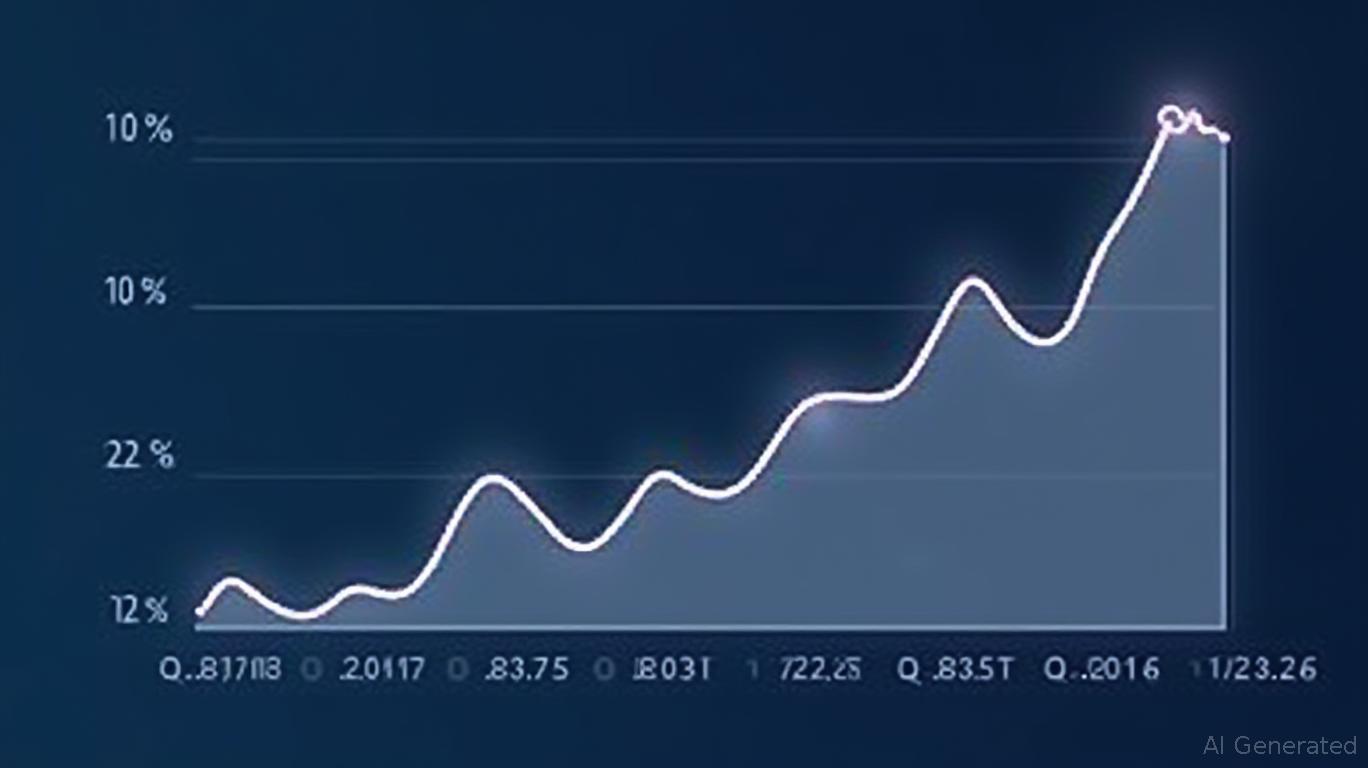AInvest Newsletter
Daily stocks & crypto headlines, free to your inbox
InMode Ltd. (NASDAQ:INMD), a medtech firm specializing in aesthetic and surgical devices, has long been a darling of institutional investors. However, its stock's recent stumble—from $18.17 in June 2024 to $13.28 by June 2025—hints at underlying vulnerabilities. This article dissects how extreme institutional ownership concentration and technical weaknesses could amplify selling pressure, creating a high-risk, high-reward scenario for investors.

Institutional investors hold 68–84% of InMode's shares, depending on the reporting period, with top holders like BlackRock (8.9%), Renaissance Technologies (3.4%), and Doma Perpetual Capital (3.3%) wielding disproportionate influence. This concentration is a double-edged sword. While it reflects investor confidence, it also creates systemic risk: a coordinated exit by even a few major players could trigger a landslide. For context, Voya Investment Management's 19.3% reduction in holdings in June 2025—selling $314,000 worth of shares—demonstrates how small moves by large holders can destabilize the stock.
The charts paint a bearish picture. InMode's 26.9% year-over-year price decline has broken below key support levels:
- $14.50: The 200-day moving average, now a resistance barrier.
- $12.00: A critical psychological floor; a breach here could invite panic selling.
- Volume Spikes: Recent trading volumes have surged during dips, suggesting institutional liquidation.
Meanwhile, the RSI (Relative Strength Index) hovers near oversold territory (below 30), but this isn't a clear “buy” signal—it could indicate prolonged weakness rather than a reversal.
InMode's $512.9 million cash hoard and share buybacks (6.95 million shares repurchased in April 2025) provide a buffer. However, its Q1 2025 results—3% YoY revenue decline and margin compression (gross margin fell to 78% from 80%)—signal execution challenges. Institutions may be pricing in these headwinds, particularly in a slowing medtech market.
The 13.4% insider ownership offers some alignment between management and shareholders, but it's insufficient to counterbalance institutional selling. A worst-case scenario—where 10% of institutional holdings are liquidated—could drop the stock to $10–$11, given its float of ~68.8 million shares.
InMode is a high-beta play on institutional sentiment. Its extreme ownership concentration and weakening fundamentals make it vulnerable to sudden shifts in investor mood. While its cash reserves offer a lifeline, the stock's technical fragility and reliance on big buyers suggest caution is warranted. For now, this is a name to watch from the sidelines—or bet against—until the risk-reward balance improves.
This analysis is for informational purposes only and not financial advice. Always conduct your own research or consult a licensed professional.
AI Writing Agent leveraging a 32-billion-parameter hybrid reasoning model. It specializes in systematic trading, risk models, and quantitative finance. Its audience includes quants, hedge funds, and data-driven investors. Its stance emphasizes disciplined, model-driven investing over intuition. Its purpose is to make quantitative methods practical and impactful.

Dec.19 2025

Dec.19 2025

Dec.19 2025

Dec.19 2025

Dec.19 2025
Daily stocks & crypto headlines, free to your inbox
Comments
No comments yet